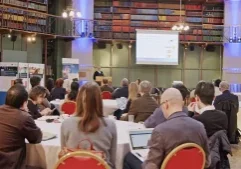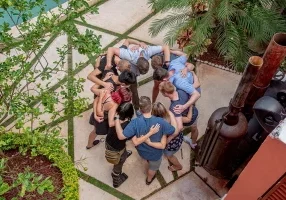One of my bugbears is bad grammar and with me being an ex-teacher, I thought a few pointers in easy grammar might be useful. Number one bugbear – using an apostrophe incorrectly.
Most people realise that if you don’t use grammar correctly, it can completely change the meaning of something you are writing. For us who are lucky enough to work in the communications industry, not knowing how to use an apostrophe is unforgivable. Journalists are swamped with information and if they spot a typo which makes what they are reading difficult, you’ve lost them. So when do you use an apostrophe?
Let’s look at a sentence – the bike belongs to the boy called Peter.
If we change the sentence around to answer the question, ‘Whose bike is it?’, we could answer it in two ways and both would be correct. The answers are:
The boy’s bike or Peter’s bike.
The apostrophe is used when something belongs to a person – in this case, the bike belongs to a boy called Peter. Because the boy or Peter is a singular thing, we add ‘s to the sentence, so boy remains singular.
Now, let’s take a look at the sentence – the bikes belong to the boys.
Again if we ask the question, ‘Whose bikes are those?’ we would answer it, ‘The boys’ bikes’ but because there is more than one boy, the apostrophe is after the s in boys (plural).
You only use an apostrophe when you are shortening a word and you place it where there is a missing letter or letters, such as, ‘I wouldn’t’ instead of ‘I would not’ or shortening it is to it’s. You should never use it’s or its’ in the belonging rule as in the bike and bikes example.
For instance, ‘It’s raining again’ is correct. ‘The house was damp and it’s windows were leaking’ is incorrect.
That’s it – that’s the rule. Look out for our next top grammar tip and if you want a grammar refresh, come and join us on our writing workshop.
Free marketing & PR resources
Sign up we’ll send you our free marketing and communications newsletter packed with helpful advice, along with details of our events.










